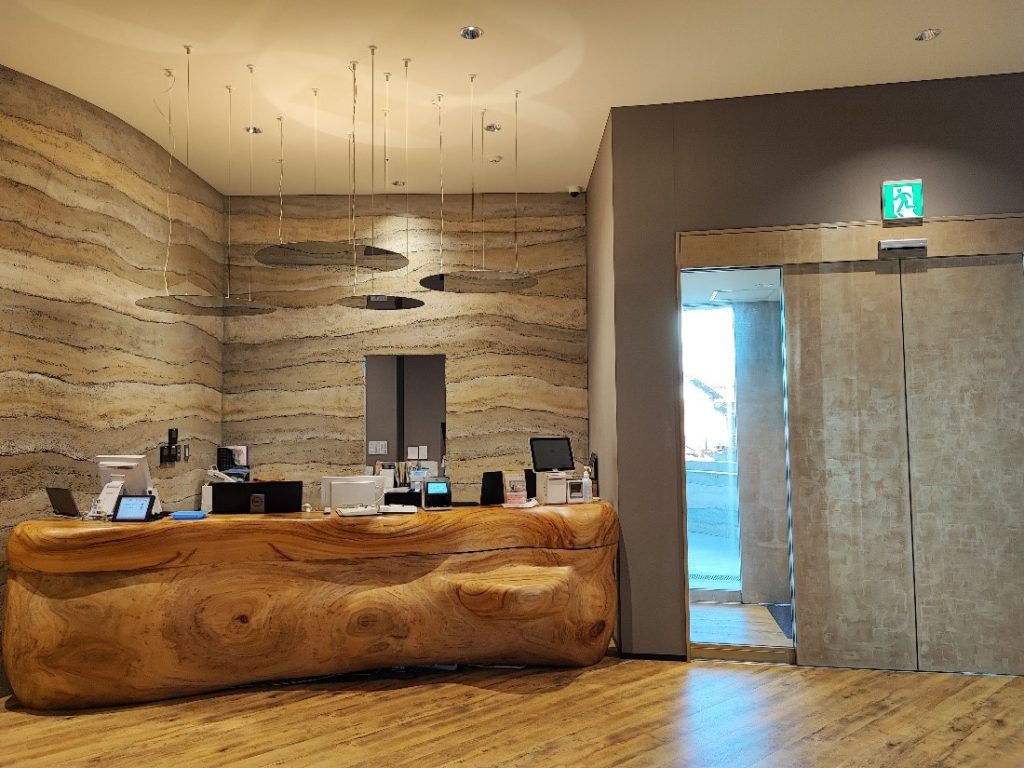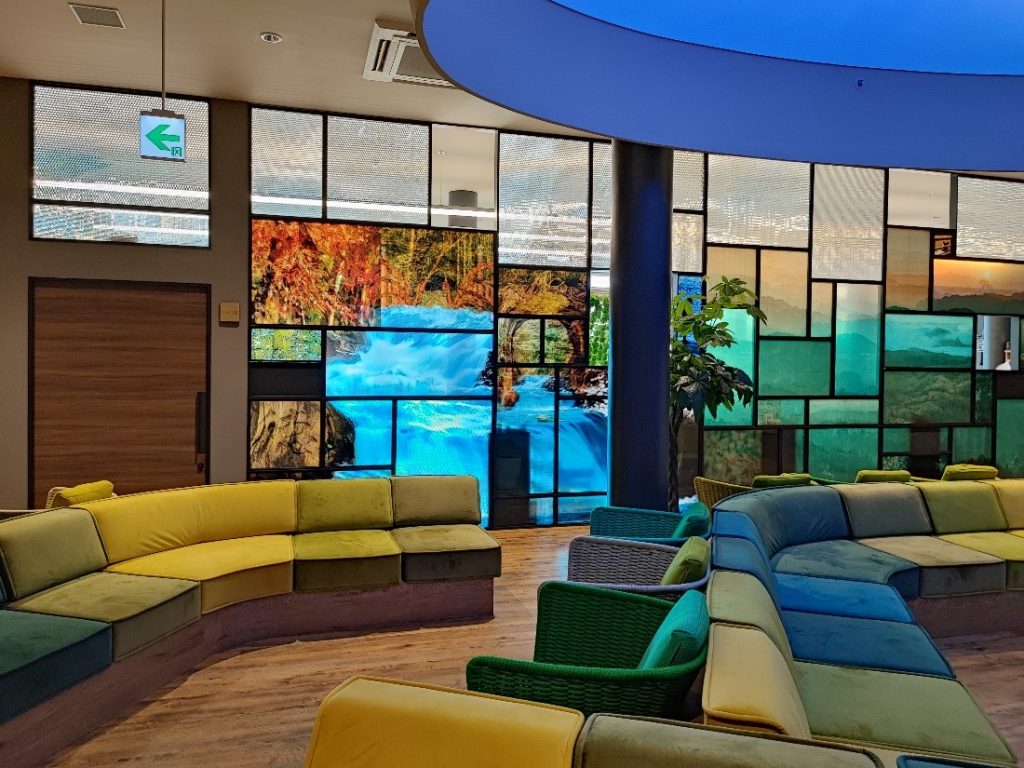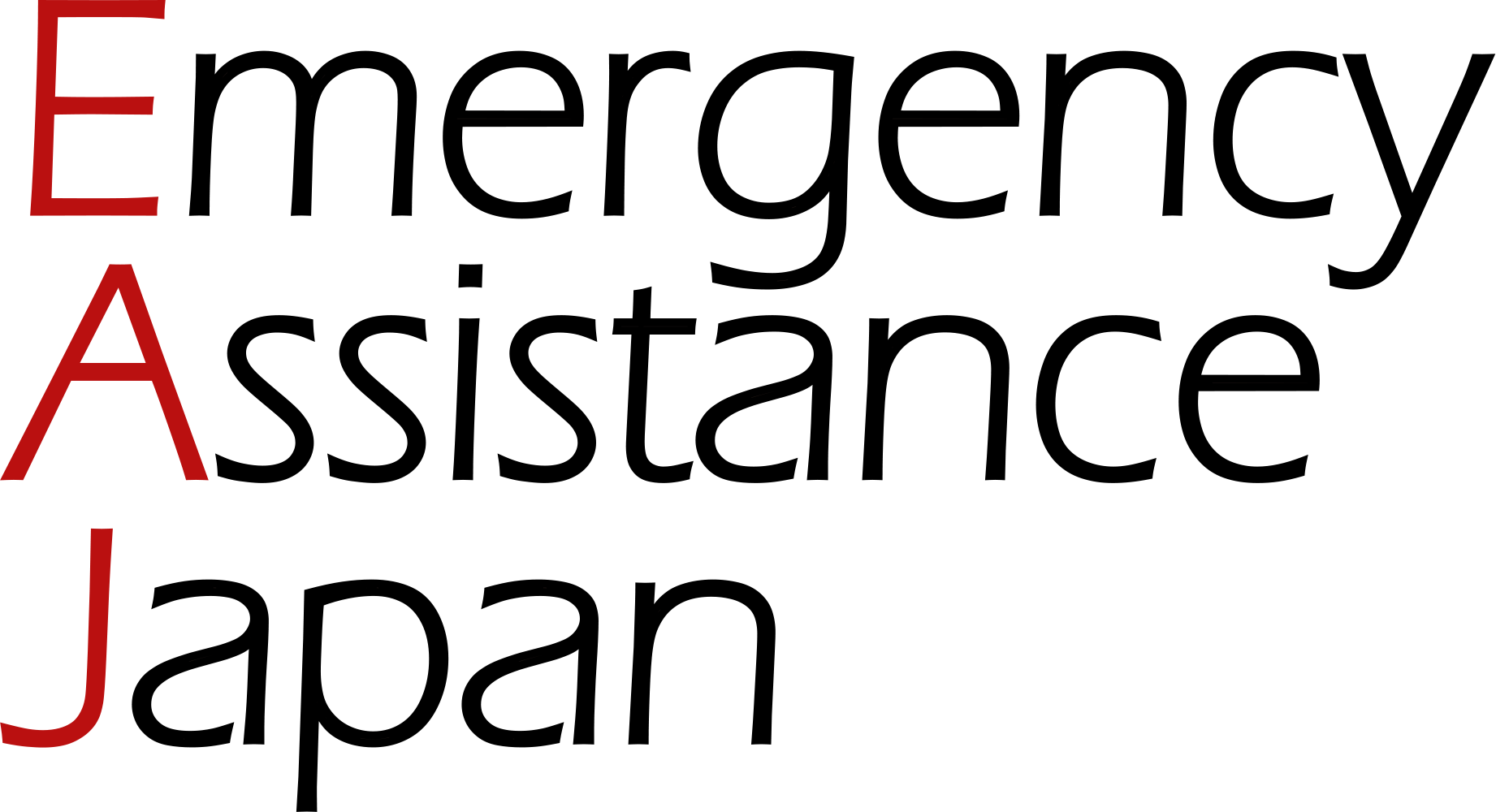Bone and muscle(Ligament injuries and abnormalities in the bones of the foot)
- HOME
- Other than cancer(Whole Body, Others)
- Bone and muscle(Ligament injuries and abnormalities in the bones of the foot)
- The only hospital in Asia specializing in foot and ankle surgery, attracting trainees from around the world – Treating ligament injuries and bunions with minimal physical strain
The only hospital in Asia specializing in foot and ankle surgery, attracting trainees from around the world – Treating ligament injuries and bunions with minimal physical strain
23.10.13
EAJ interviewed Director Jujo of Jujo Hospital, renowned as a “hospital specializing in foot and ankle surgery,” hearing that his hospital would begin treating patients from overseas when rebuilding and modernizing their facilities.

The only hospital in Asia specializing in foot and ankle surgery
EAJ. A “hospital specializing in foot and ankle surgery” is unique and rarely heard of. Please start by introducing your hospital.
Director. Since I became an orthopedic surgeon, I have primarily treated severe trauma. In the process, I noticed that many patients had residual pain in their ankles/feet even after their spinal and pelvic fractures had healed. As most orthopedic surgeons were not familiar with ankle and foot treatment at that time, I went to Teikyo University in 2015 to be mentored by Dr. Takao, who specialized in the field at Teikyo University. Dr. Takao’s skills and knowledge were famous in the world, but above all, I learned a lot from his patient-centered approach. I really wanted to work together with him, so in 2017, I founded the Clinical and Research Institute for Foot and Ankle Surgery (CARIFAS) with Dr. Takao.
Dr. Takao is a pioneer in ankle arthroscopy, and has developed a unique treatment method for ankle surgery instead of a wide-open ankle arthroscope which used to be underwent, and has introduced his new skill to the world. The uniqueness of his skill and its excellent results have been praised in many countries around the world, and applicants who wish to learn his skill keep coming from abroad. Dr. Takao has also been involved in the development of devices and implants for non-arthroscopic surgery to make wounds as small as possible and to speed up return to daily life and sports. Thanks to our efforts, many patients now seek treatment at our hospital.
Surgery for ligament injuries using arthroscopy, attracting even professional athletes
EAJ. Now let us ask you about each of the surgical techniques. What type of surgery is applied for ankle ligament injuries?
Director. When an ankle is sprained in sports or other activities, ligaments can be damaged, but there are two types: when the ligament is torn in the middle, this will heal spontaneously over time. There is another case in which the ligament is detached from the outer ankle (called lateral ankle joint ligament injury), which can leave the joint painful, loose (instability), and uncomfortable even after a certain period of time after the injury. In a normal surgery, a 3- to 4-centimeter incision is made and the ligament is sewn in place.
In arthroscopic surgery, two small incisions of about 0.5 cm are made and an arthroscope is inserted into one incised part and surgical instruments into the other incised part, resulting in smaller wounds, faster healing, and one-third the pain. The patient can walk the next day, and both legs can be operated on at the same time.
EAJ. When I hear about ligament damage, it seems to me that the injury must be treated as soon as possible after the injury in order to heal, but can it still be treated after some time has passed?
Director. Even after recovery to the point of being able to walk after an injury, pain and laxity can remain for as long as three months after the injury, sometimes for several years. Treatment is still possible at that stage. Many professional, amateur, and hobbyist sports players seek treatment to be able to perform the same exercises as before. Our hospital provides individualized rehabilitation for each athlete, and patients are able to fully return to work in about one month.
EAJ. How long would the patient need to stay in Japan if a foreign patient was to actually undergo ligamentous ligament surgery?
Director. Since general anesthesia is applied, the patient is admitted to the hospital the day before the surgery, undergoes surgery the next day, undergoes rehabilitation for about a week from the next day of the surgery, and is discharged after the stitches are removed, which takes about 10 days.
Treating bunions with minimal physical strain DLMO method
EAJ. Next, we would like to ask you about surgery on the hallux valgus. What are the features of the surgery at your hospital?
Director. Hallux valgus (big toe) is a condition in which the base of the big toe bends into a “dogleg” shape and rotates in such a way that the area is tilted. Usually, the entire tilted area is surgically screwed back together. It is a very difficult surgery that requires about six weeks for the bone to attach as the area to be removed is relatively large, and the pain and swelling are so severe that the patient cannot walk for a while.
In our hospital, we use the DLMO method, which involves osteotomizing the first metatarsal bone close to the joint and supporting it with a single wire. The patient can walk the day after surgery because the weight can be applied with the entire sole of the foot with less burden, and both feet can be treated at the same time. The wire will be removed when the patient is hospitalized for 20 days for rehabilitation. No metal remains in the body.
Patients who have suffered from long-standing pain due to the hallux valgus (big toe) have told us that they are really glad they had the surgery because they can now wear fashionable shoes and walk for long periods of time. However, there is a genetic factor to hallux valgus (big toe), and it can recur even after treatment. Many people think that the burden and pain of normal surgery are too great as it is divided into two separate treatments, but our treatment is less painful and the treatment period is relatively short, so some patients undergo treatment multiple times.
EAJ. A patient needs to stay in the hospital for 20 days, although recovery is faster than usual.
EAJ. The hallux valgus (big toe) cannot be cured simply by surgery on the bent part, and the patient will not be able to walk normally unless the other toes, which have not been moving properly due to the hallux valgus (big toe), can be moved correctly. In addition, since the wire is sticking out of the finger, it must be sanitized to prevent bacteria from entering surgically operated area.
Since a patient have come all the way to Japan, the patient can optionally undergo gastroscopy and colonoscopy under anesthesia sedation and genomic testing for cancer during his/her stay in the hospital. A patient who want to take this opportunity to get his/her feet fixed will have a health check while they are staying at our hospital. Since Dr. Hiroshima, director of the Department of Genome Medicine at the Kanagawa Cancer Center, performs consultations and examinations, it is also possible to treat patients smoothly in case something is found during the examination.
A hospital where visitors can feel positive
EAJ. Your hospital is so stylishly designed that it is hard to believe that it is a hospital, and a patient will be able to spend his/her hospital stay in a positive atmosphere.
Director. We commissioned an architect we know to design the building based on the very concept of “eliminating the hospital-like atmosphere. It was just rebuilt in May 2022. I wanted to create an atmosphere that would encourage patients to engage in positive treatment, so I eliminated inorganic materials as much as possible and used warm wood, beautiful colors, and lots of curves. Thanks to this, child patients are not afraid to come to us.


EAJ. Not only the building but also the hospital’s location is conveniently accessible, about 30 minutes from Haneda Airport and approximately 40 minutes from Narita Airport by car. What should foreign patients do if they want to visit the hospital?
Director. At our hospital, we rely entirely on the support of Japan Emergency Assistance (EAJ) for language issues, schedule adjustments, and arrangements. Please feel free to visit us with confidence, as we have comprehensive support in place.
Please contact EAJ if you, a foreign patient, wishes to have examinations and treatment in Japan.
